7 dangerous space heater mistakes you're making – and what to do instead to stay safe this winter
Heat your home safely with our pro tips
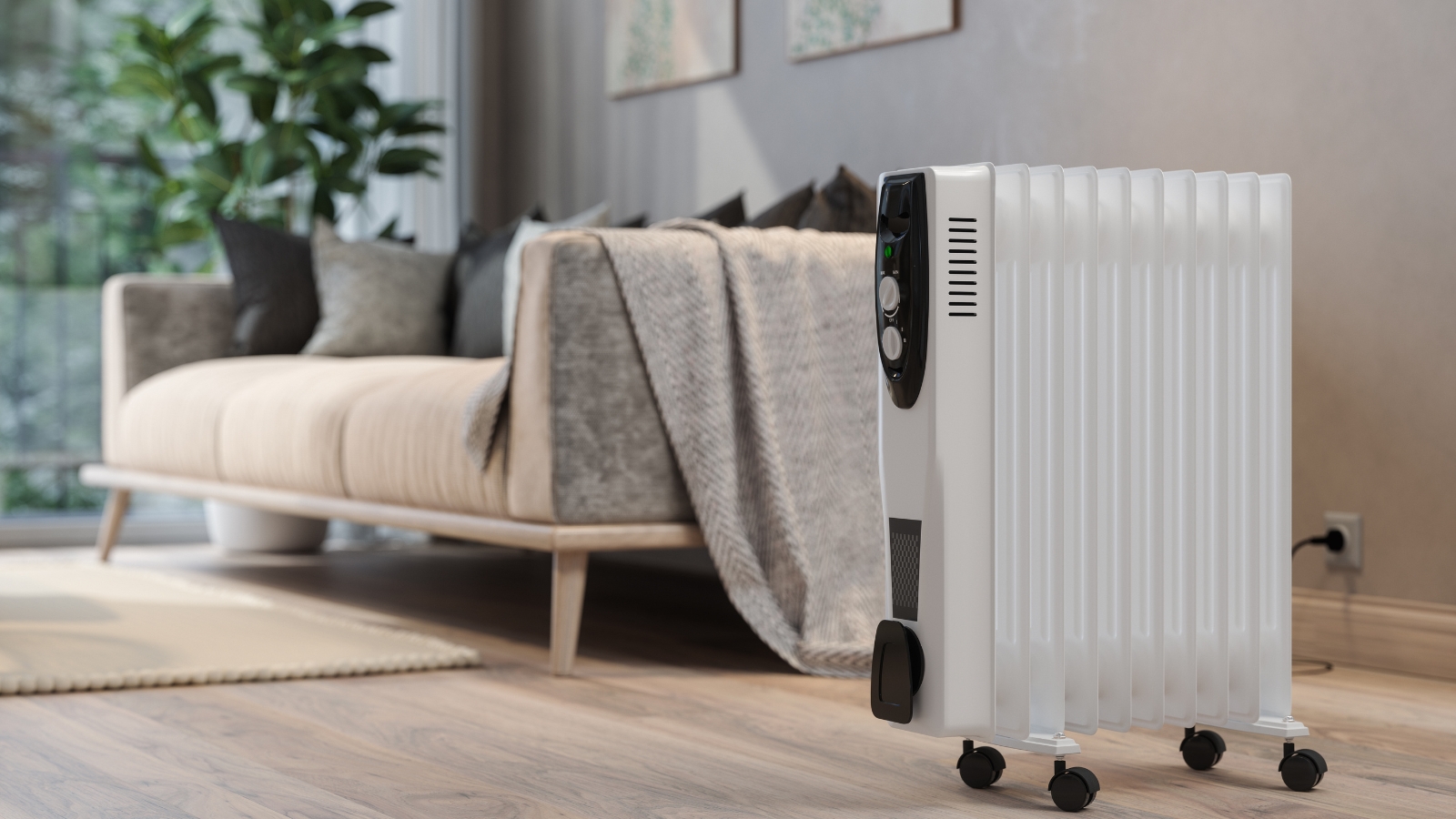

Space heaters are a popular way to keep warm during winter, but improper use can pose serious safety risks. From fire hazards to inefficient heating, avoiding common mistakes can help you stay safe and cozy.
From placing near flammables to restricting airflow, our heating, ventilation and air conditioning (HVAC) experts are on hand to reveal seven typical space heater mistakes – and what to do instead.
Armed with our guide to the best space heaters, and our pro safety tips, you can enjoy the holiday season in warmth and with peace of mind.
1. Placing the space heater near flammables
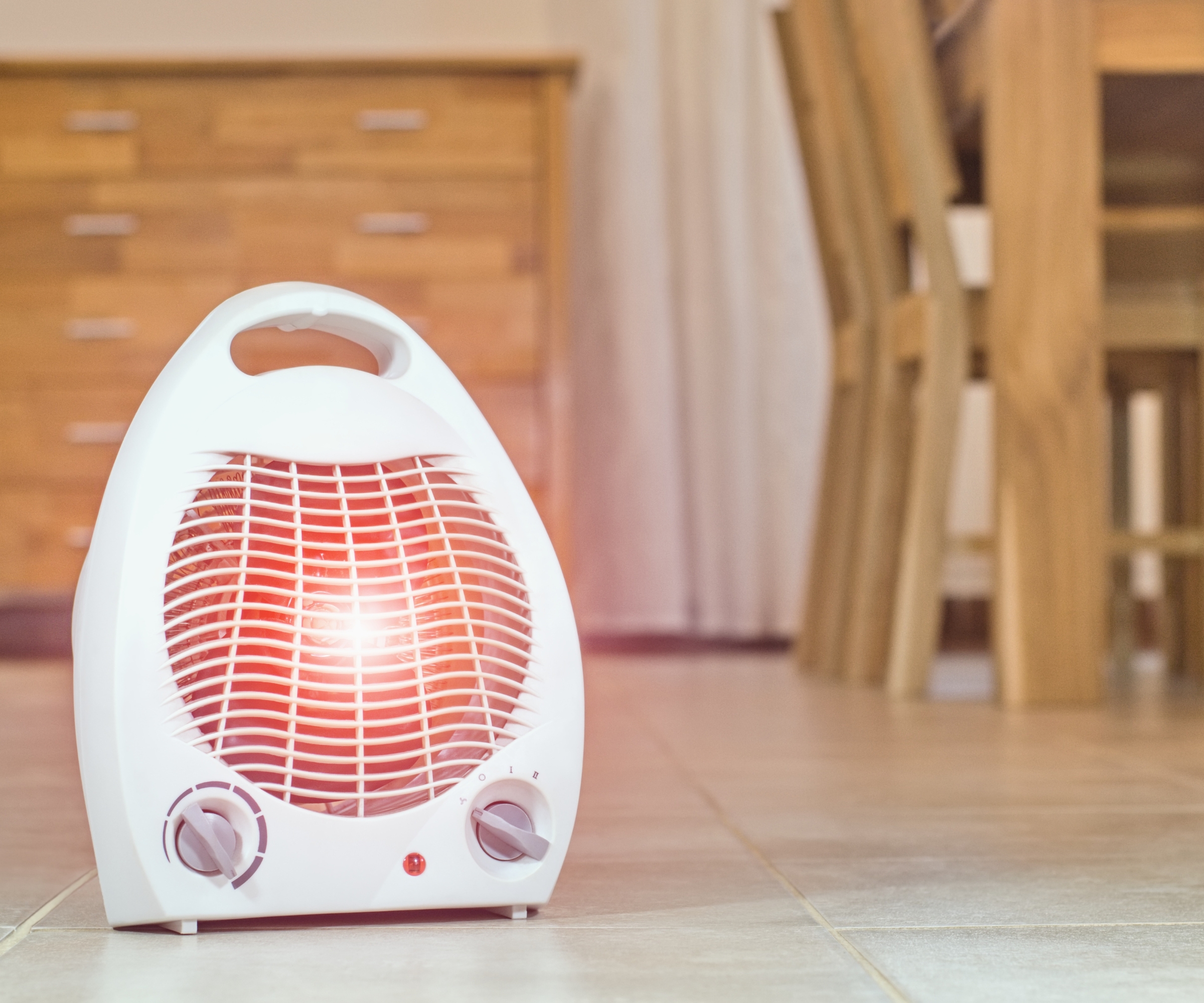
Placing a space heater too close to flammable items such as curtains, furniture, or blankets is a leading cause of household fires. Space heaters should be at least three feet away from flammable materials. This distance ensures that heat does not ignite nearby objects.
Jon Christensen, CEO of home improvement hub Bidmii, says, 'One of the most common and dangerous mistakes with space heaters is positioning them near curtains, furniture, or bedding – materials that can catch fire quickly when exposed to high heat.
'Instead, look to maintain at a safety zone of at least three feet around the heater, and always follow the manufacturer’s placement guidelines.'
Josh Mitchell, HVAC technician and founder of Air Conditioner Lab, adds, 'For extra safety and peace of mind, install a smoke detector. The Kidde Carbon Monoxide Detector & Smoke Alarm from Amazon offers early detection of smoke or fire, allowing you to respond quickly.'
Always maintain a safe distance between your heater and flammable objects to reduce fire risks and check the manufacturer’s recommendations for additional safety guidelines specific to their product.
All prices correct at time of publishing.
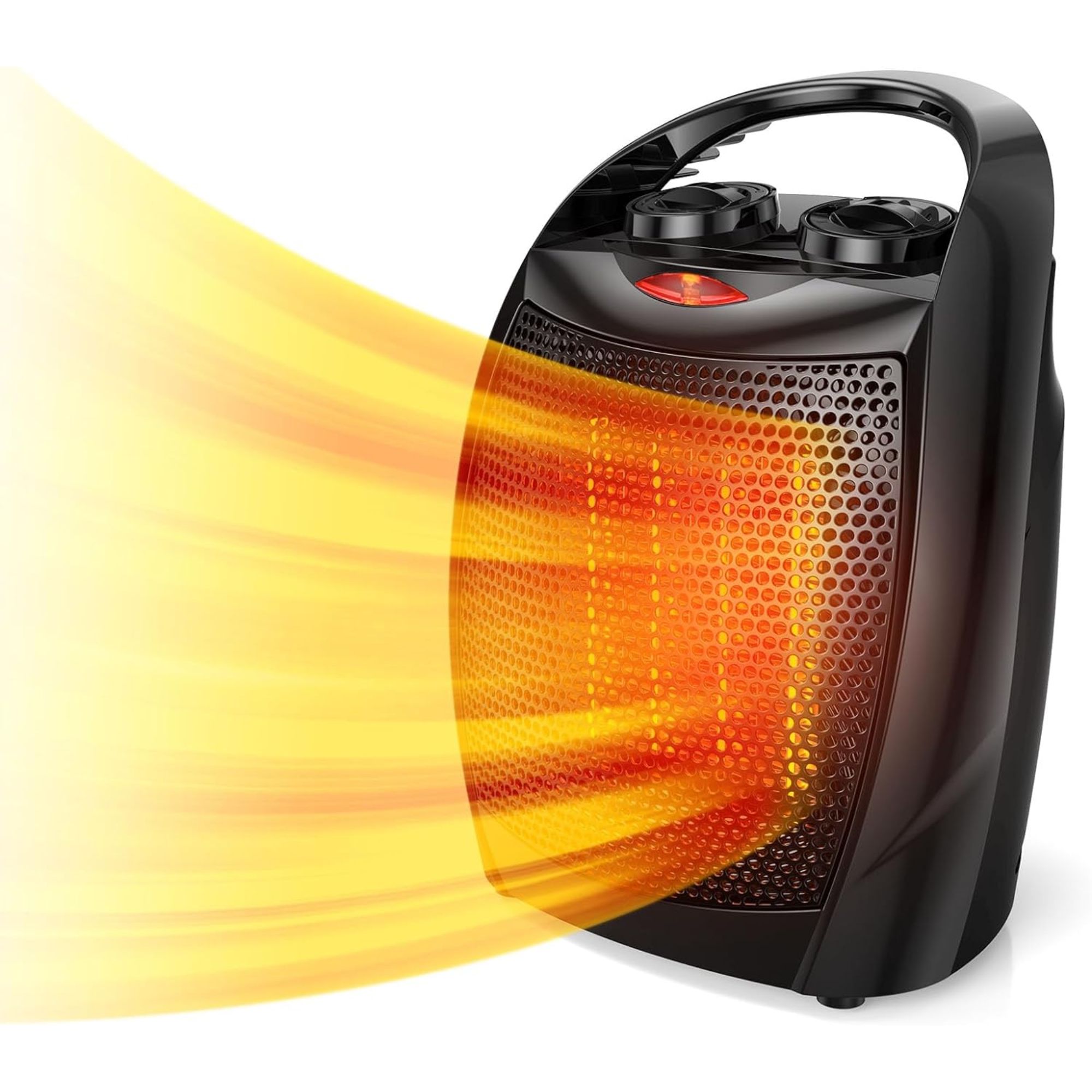
This tin but powerful space heater can warm a room of up to 200 square feet in seconds. It comes with overheating and anti-tip protection, and at just 45 decibels, it won't disturb your work or sleep.
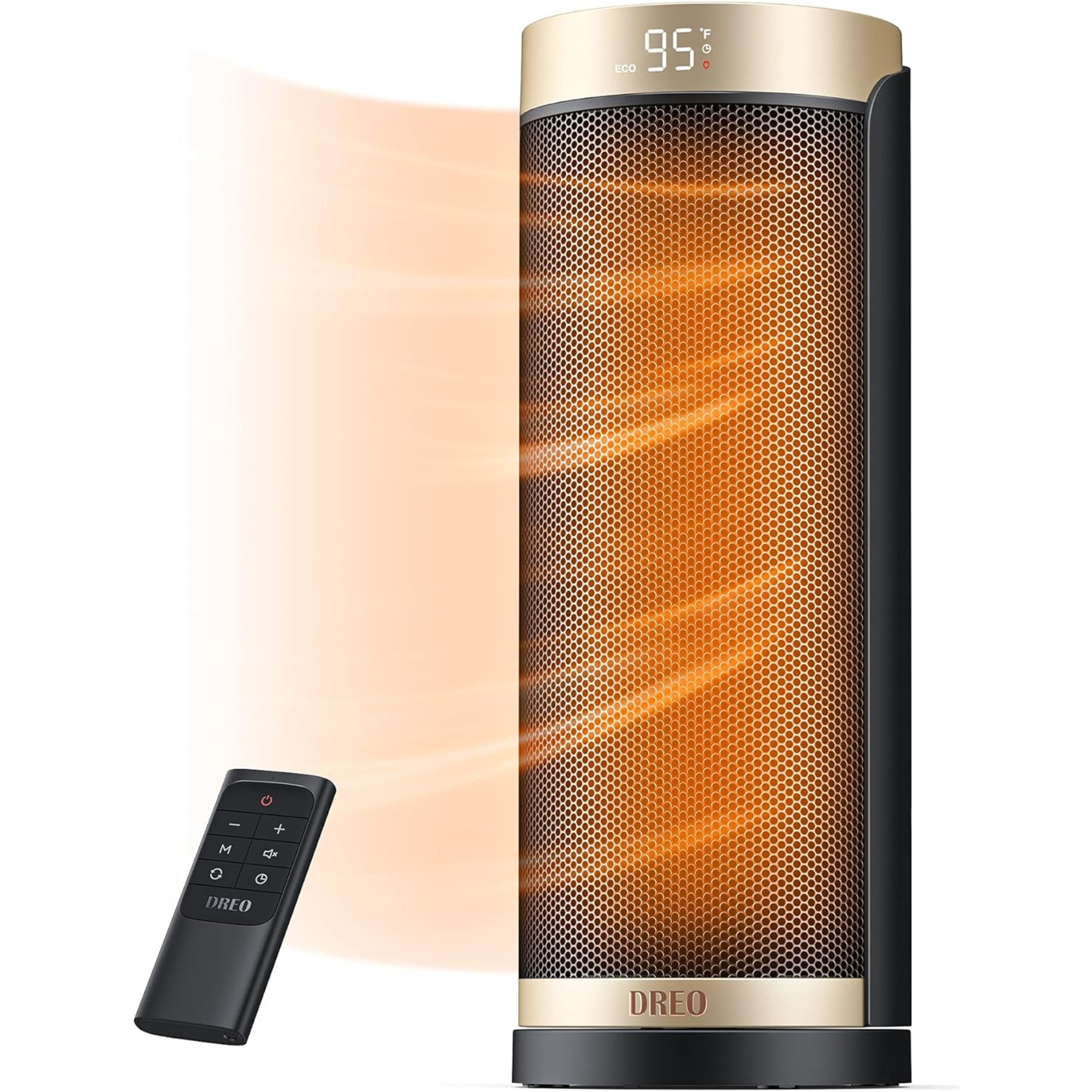
Available in black or silver, this sleek heater boasts a patented airflow design that brings quietness down to less than 40 decibels. If using in a bedroom, the dimming function ensures undisturbed sleep.

This heater arrives fully assembled, with an adjustable thermostat and a multifunction remote. Its safety features include automatic overheat protection, and an eight-hour auto-off timer.
2. Leaving the space heater unattended
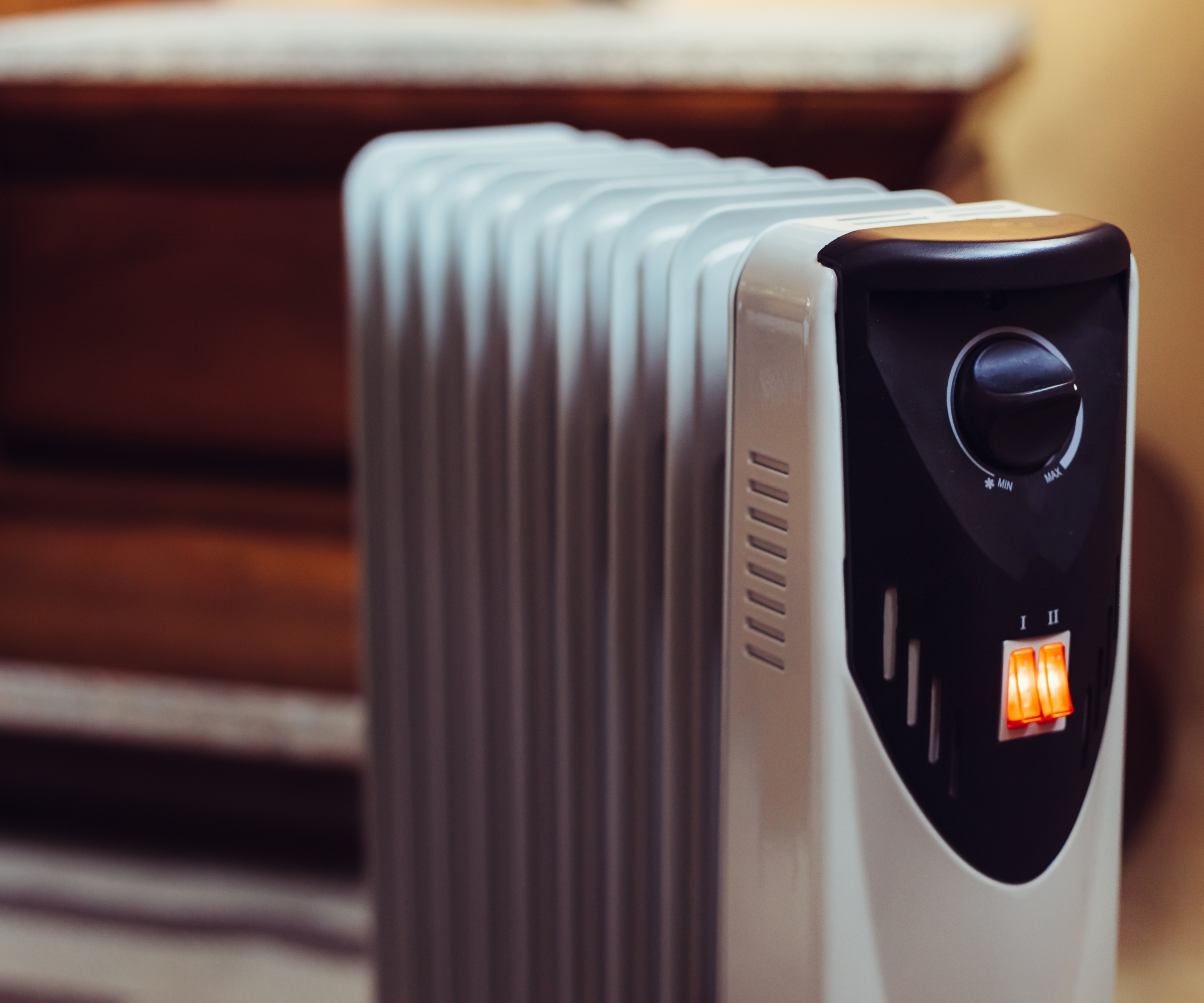
Leaving a running space heater unattended, especially overnight or when you’re out, is risky and can lead to overheating or fires.
Mitchell says, 'While it's tempting to leave a space heater running while you're out of the room or asleep, especially on very cold days, unattended heaters can malfunction or interact with unexpected environmental changes, leading to dangerous situations.'
Christensen adds, 'Unattended heaters increase the risk of fire or malfunction. Turn off the heater whenever you leave the room or go to bed, and consider models with timers or automatic shut-off features.'
Mitchell recommends the De'Longhi Slim Style Convection Panel Heater from Amazon, which features multiple heat settings, and a programmable timer for customized heating times, ensuring the heater operates only when necessary.'
For more tips, check out these six common heating problems you can repair yourself.
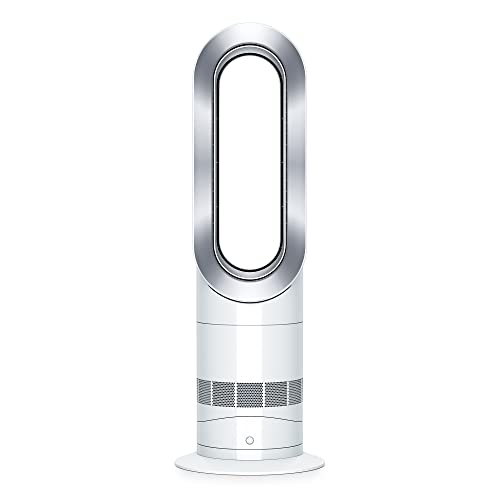
Christensen says, 'If you've got the budget, this deluxe space heater really is the crème de la crème! With a slick remote control, programmable timer, and automatic shut-off, you'll have peace of mind.'
3. Using an extension cord

Plugging your space heater into an extension cord can lead to overheating and increase the chance of electrical fires.
Veeti Sairanen, CEO of The Sauna Heater, based in Delaware, says, 'People often don't realise that plugging space heaters into an extension cord or power strip – instead of directly into a wall outlet – can cause overheating and electrical fires. Instead, always connect the heater directly to a wall outlet and ensure the circuit can handle the load.'
Sairanen recommends the Lasko Ceramic Adjustable Thermostat Space Heater, available from Amazon, which has an adjustable thermostat, and is designed to operate safely on standard outlets.
4. Placing the space heater on an uneven surface
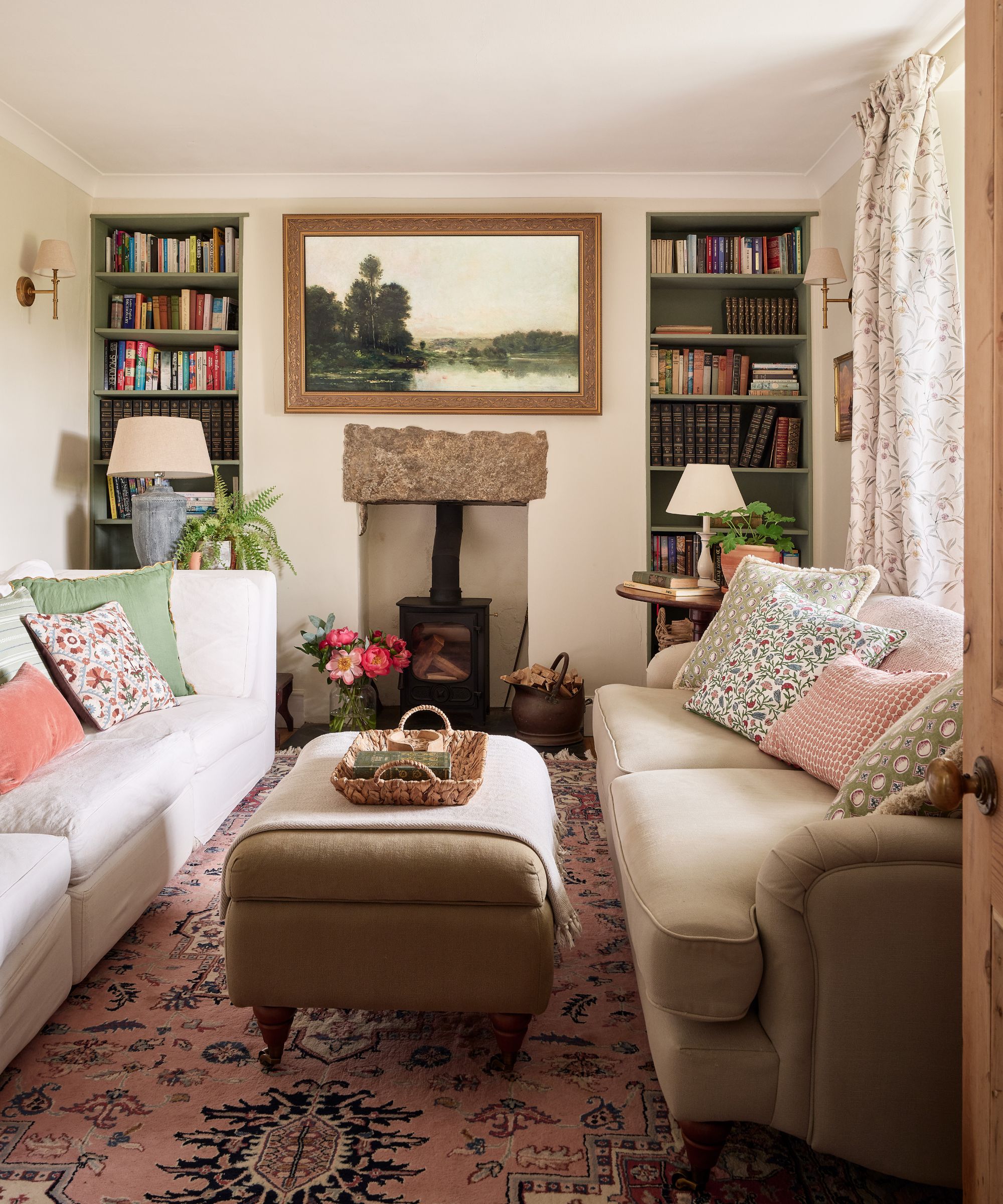
An unstable or uneven surface, such as a rug or stool, increases the risk of the heater tipping over and causing burns or fires.
Mitchell says, 'Often, space heaters are placed on unstable surfaces. This can lead to the heater tipping over – a major fire hazard.
'Always position your heater on a stable, flat surface, well away from any flammable materials. To enhance safety, opt for models with automatic shut-off features.'
Positioning your heater on a solid, even surface minimizes the risk of accidents. Check out our guide to the best anti-tip devices.
5. Selecting the wrong size space heater for the room
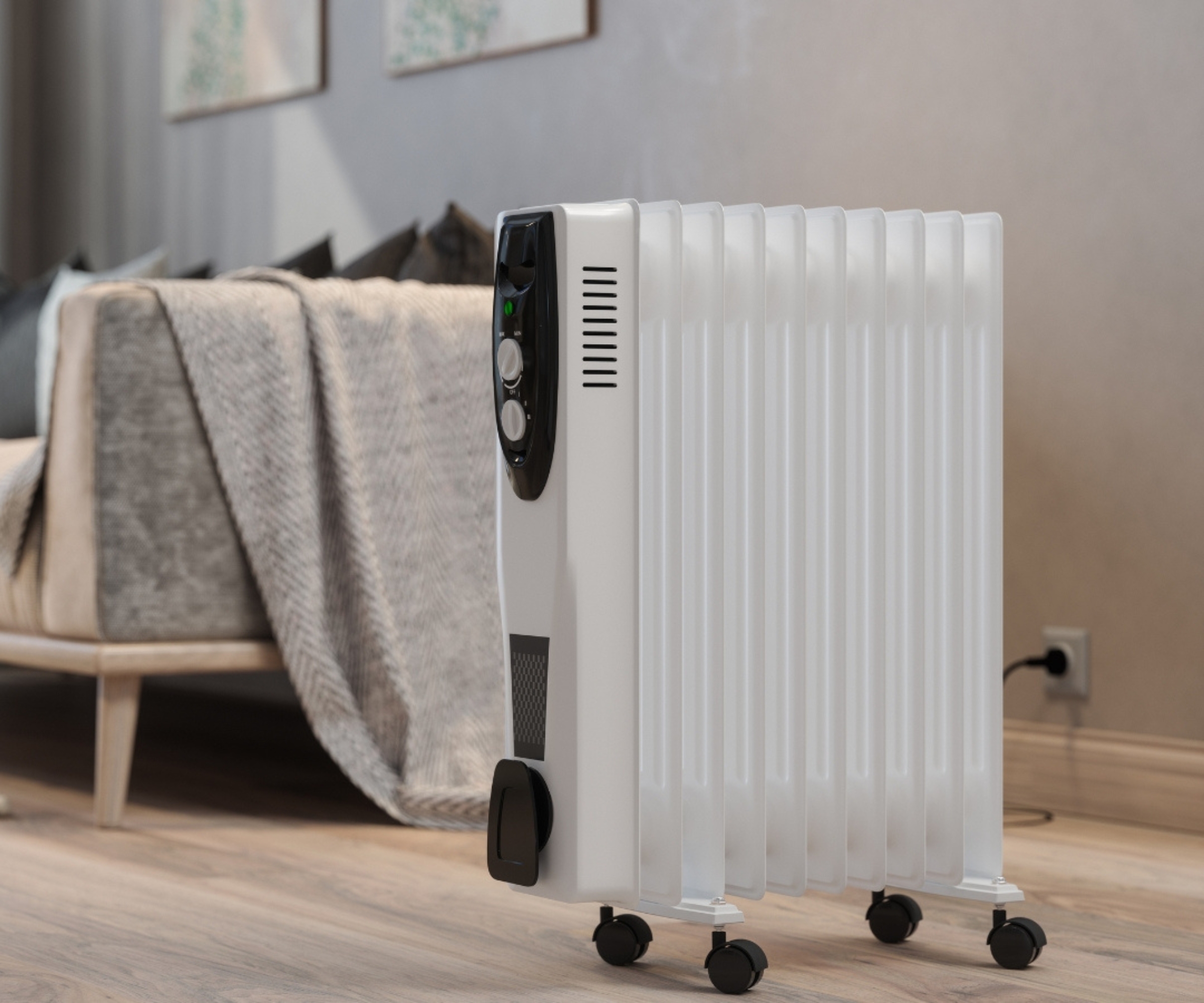
Using a heater that’s too small or too large for the space can lead to inefficiency and potential safety issues.
Steve Pacholski, brand president of HVAC experts Varsity Zone, says, 'If your space heater isn't the right size for your room, you’re going to run into some headaches. A heater that’s too big might heat the room fast, but it won’t do it evenly.
'You’ll have some spots that are way too hot and others that are still chilly – plus, the heater will keep turning on and off. On the other hand, if the heater’s too small, it’ll be working non-stop, trying to catch up. Both lead to a waste of energy, which also wears the heater out faster.
'Avoid these problems by finding the right size heater for your space. A simple guideline is about 10 watts of power for every square foot. For instance, a 150-square-foot room needs a 1500-watt heater. But there are some exceptions. Things like high ceilings, drafty windows, or poor insulation can mess with your calculations, so you’ll want to think about those factors, too.'
Pacholski recommends the De'Longhi Oil-Filled Radiator Heater, available from Amazon, which can be used indoors. He adds, 'It cleverly saves energy by keeping the room at the ideal temperature.'
6. Using the space heater to dry clothes
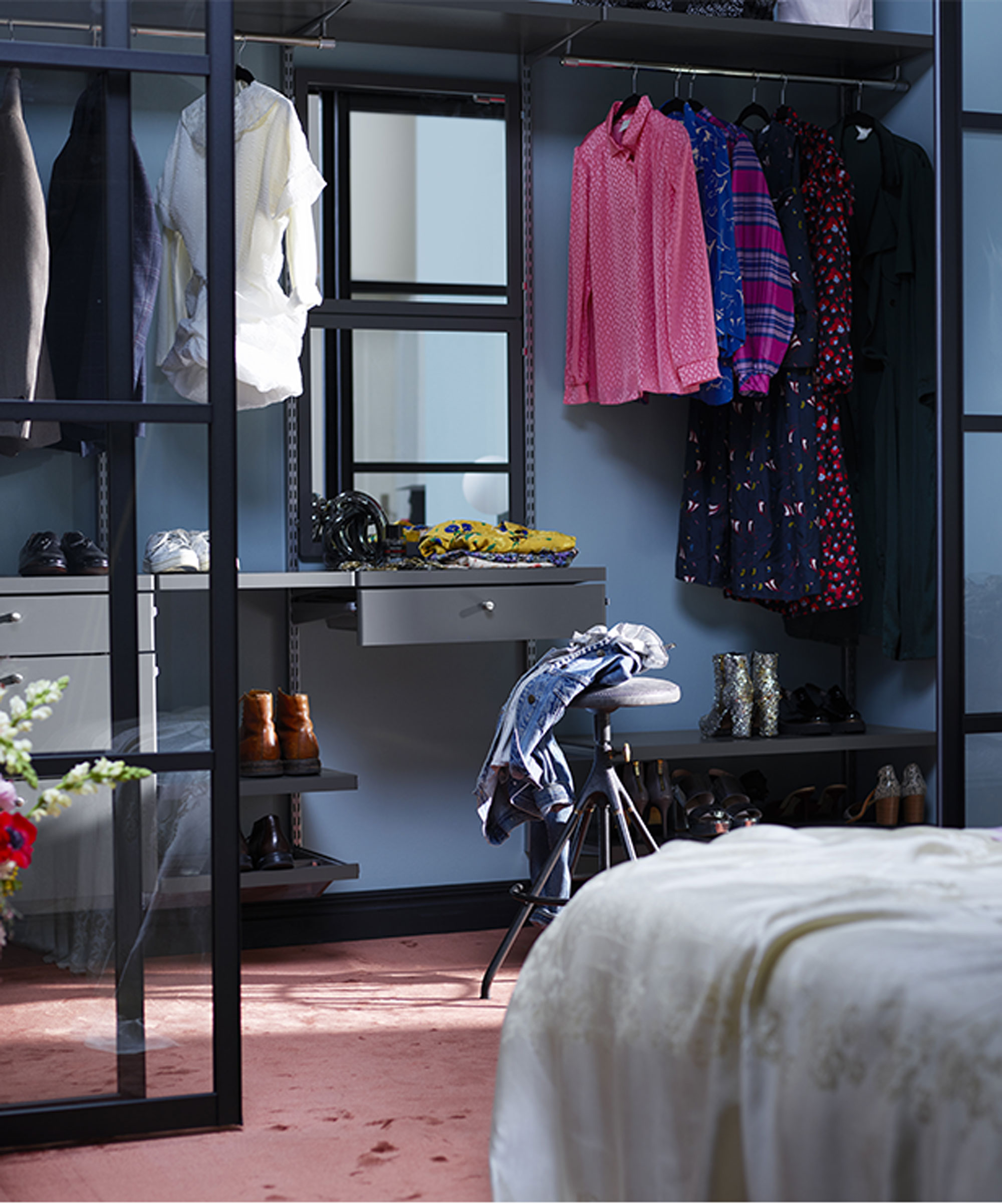
Placing clothes over or near a heater to dry them might seem convenient but can easily ignite a fire.
Pacholski says, 'Using an electric heater to dry clothes is a quick fix, but it’s actually a pretty risky move. When you drape wet or dry clothes directly on a heater, you’re creating a fire hazard. Clothes can overheat, and in some cases, they might even catch fire. Electric heaters are built to warm up rooms, not double as drying racks.
'If you want to dry clothes near a heater, the safest bet is to keep them at least a meter away. That way, the heat can circulate without overheating the fabric. You’ll still get the benefit of the warmth but without the risk of turning your heater into a fire starter.'
For more tips, check out our guide on how to dry clothes at home.
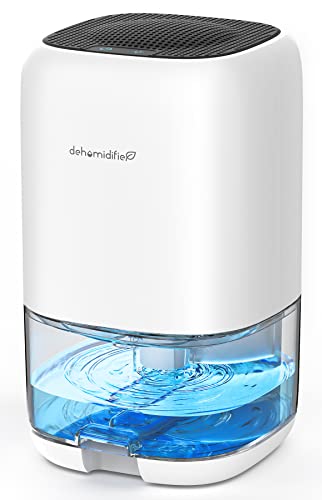
Instead of using a space heater anywhere near wet clothes, instead plump for a small dehumidifier. Place it close to the washing, with the air inlet facing the wet clothes. This will suck in humid air and capture moisture to make drying clothes much quicker.
7. Restricting the space heater's airflow

Blocking its vents or placing the heater in a cramped space restricts airflow, leading to overheating.
Pacholski says, 'Where you place your space heater is important – not just for how it works but also for safety. If it’s too close to walls or furniture, it’s not going to heat the room evenly. When the vents are blocked, the heat can’t circulate properly. That means the heater has to work harder, and if it’s near something flammable, like curtains or furniture, overheating becomes a serious concern or fire hazard.
'The key here is airflow. Give your heater some breathing room – at least a few feet on all sides – so the heat can spread out across the room. If you’ve got large furniture like a sofa or bed nearby, moving it just a little can make a big difference.'
Pacholski recommends the Lasko Oscillating Digital Ceramic Tower Heater, available from Amazon. He adds, 'This slick space heater is designed to circulate heat efficiently, and its slim, upright build makes it easier to position in an open spot.'
FAQs
Are space heaters energy-efficient?
Modern space heaters can be energy efficient when used appropriately, especially in small spaces or for targeted heating. Look for models with energy-saving features like timers, auto shut-offs, and thermostats. However, relying solely on space heaters can increase energy bills compared to central heating systems that maintain a comfortable temperature.
How can I tell if my space heater is safe to use?
Check for safety certifications like UL or ETL labels, which indicate compliance with safety standards. Ensure the heater has features like automatic shut-off and anti-tip protection. Regularly inspect cords and plugs for damage to avoid electrical hazards and plug directly to outlets rather than using an extension cord.
So there you have it – seven space heater mistakes you're making, and what to do instead to stay safe this winter.
Space heaters are a practical solution for cold weather, but they require careful use to avoid hazards. By addressing these common mistakes, you can enjoy a safe and warm winter.
Next, check out the common heating mistakes that might be driving up your energy bills.
Sign up to the Homes & Gardens newsletter
Design expertise in your inbox – from inspiring decorating ideas and beautiful celebrity homes to practical gardening advice and shopping round-ups.

With more than a decade of experience writing news, lifestyle, consumer, and human interest articles for a wide range of national and international publications, Andy is a highly-qualified journalist writing features for the national press. From front porch to backyard, attic to basement, Andy has written about every area of the home. He specialises in bringing together the best industry expertise to answer all of your most pressing home and garden questions about seasonal and everyday cleaning, decluttering, organizing and DIY.
-
 Sarah Michelle Gellar's kitchen cabinets are moody yet elevated – I've always used dark paint with caution, but they make bolder tones accessible
Sarah Michelle Gellar's kitchen cabinets are moody yet elevated – I've always used dark paint with caution, but they make bolder tones accessibleThe actress's black kitchen cabinets are bold yet palatable, proving that this dark shade is a trendy yet timeless color pick
By Hannah Ziegler
-
 Jeremiah Brent's new NYC-inspired rug collection has got to be the easiest way to bring his modern Manhattan style into your own home
Jeremiah Brent's new NYC-inspired rug collection has got to be the easiest way to bring his modern Manhattan style into your own homeJeremiah Brent has teamed up with Loloi Rugs to create a contemporary collection of home furnishings inspired by his city
By Eleanor Richardson
-
 Why does my house feel damp? Experts reveal the 7 common reasons, risks and fixes to apply right now
Why does my house feel damp? Experts reveal the 7 common reasons, risks and fixes to apply right nowIf your house smells musty, there might be underlying damp to sort out
By Sophie Warren-Smith
-
 Do you have condensation on the outside of your windows? This simple rule of thumb determines if it's normal, or a sinister warning sign
Do you have condensation on the outside of your windows? This simple rule of thumb determines if it's normal, or a sinister warning signHVAC pros share expert insight
By Ciéra Cree
-
 HVAC pros reveal 2 'Goldilocks' ranges for the ideal room temperature in bitter winter – it differs from day to night, and room to room
HVAC pros reveal 2 'Goldilocks' ranges for the ideal room temperature in bitter winter – it differs from day to night, and room to roomKeeping rooms at the right temperature is vital for comfort and efficiency
By Ciéra Cree
-
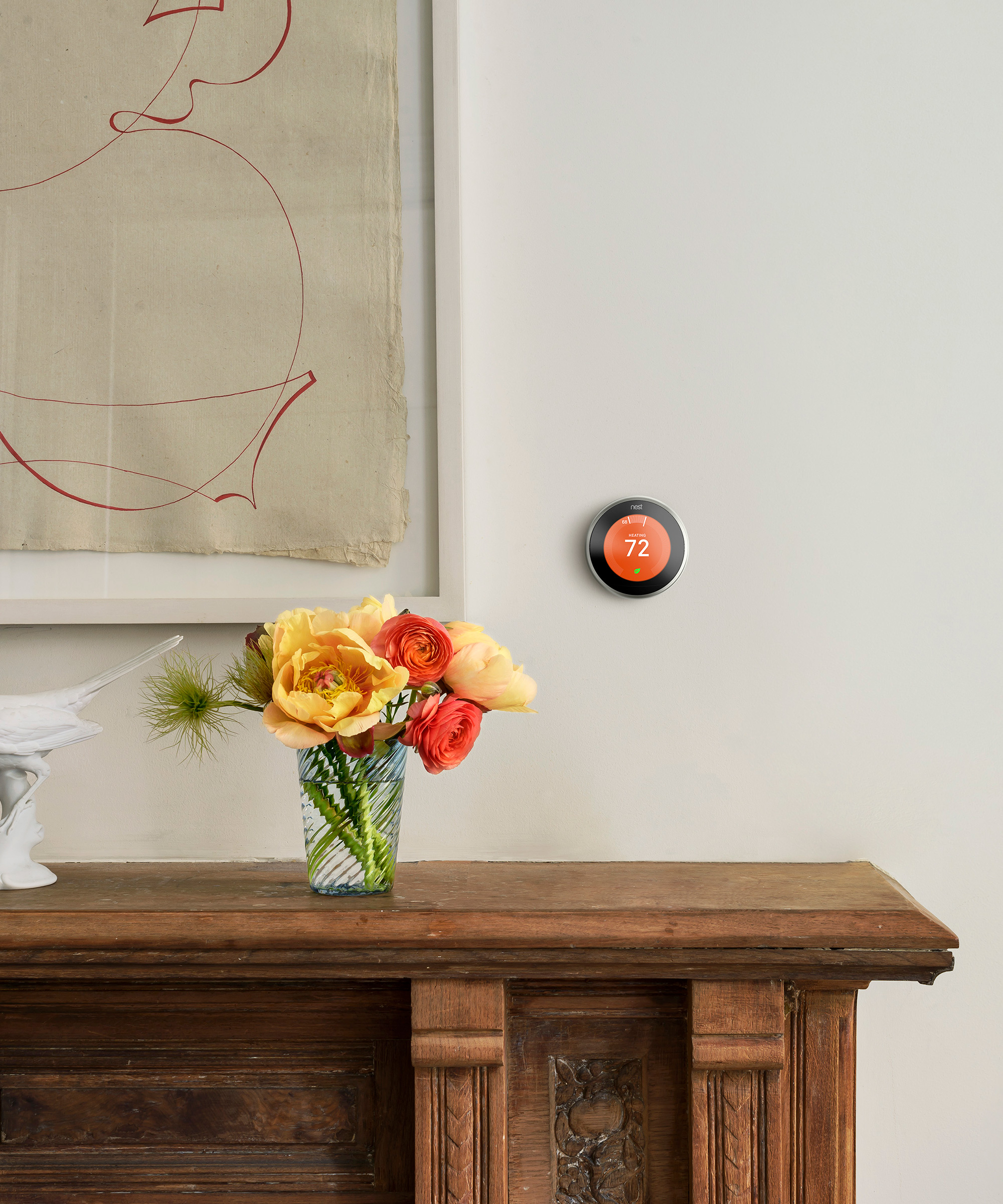 HVAC pros say this is the most efficient heating schedule to keep you warm at home all day – and why automating it is the best move
HVAC pros say this is the most efficient heating schedule to keep you warm at home all day – and why automating it is the best moveThere’s no one-size-fits-all – here’s how to tailor heating to your home
By Chiana Dickson
-
 How dust and dirt increases your energy bills – plus 5 ways HVAC pros deal with it to cut costs
How dust and dirt increases your energy bills – plus 5 ways HVAC pros deal with it to cut costsThese cleaning tips could save you hundreds
By Chiana Dickson
-
 Is your house heating unevenly? HVAC pros reveal 5 common reasons, plus their top tricks for consistent heating throughout your home
Is your house heating unevenly? HVAC pros reveal 5 common reasons, plus their top tricks for consistent heating throughout your homeEliminate hot and cold spots with these fixes
By Chiana Dickson
-
 What is a zoned heating HVAC system? We get the lowdown from the pros
What is a zoned heating HVAC system? We get the lowdown from the prosThis expensive addition could actually save you money
By Sophie Warren-Smith
-
 I spent years trying to combat window condensation – then a simple dish-soap trick turned out to be the key all along
I spent years trying to combat window condensation – then a simple dish-soap trick turned out to be the key all alongThe dish soap condensation hack takes five minutes to do, is oh-so effective, and cleaning pros love it
By Eve Smallman